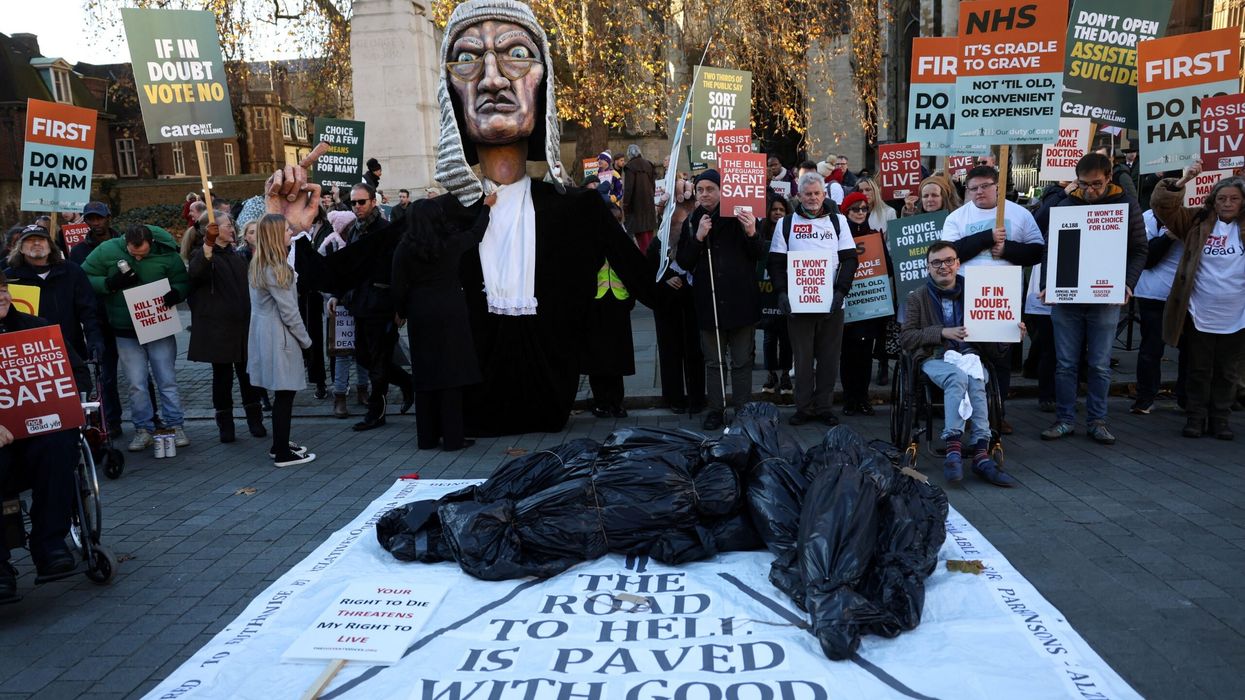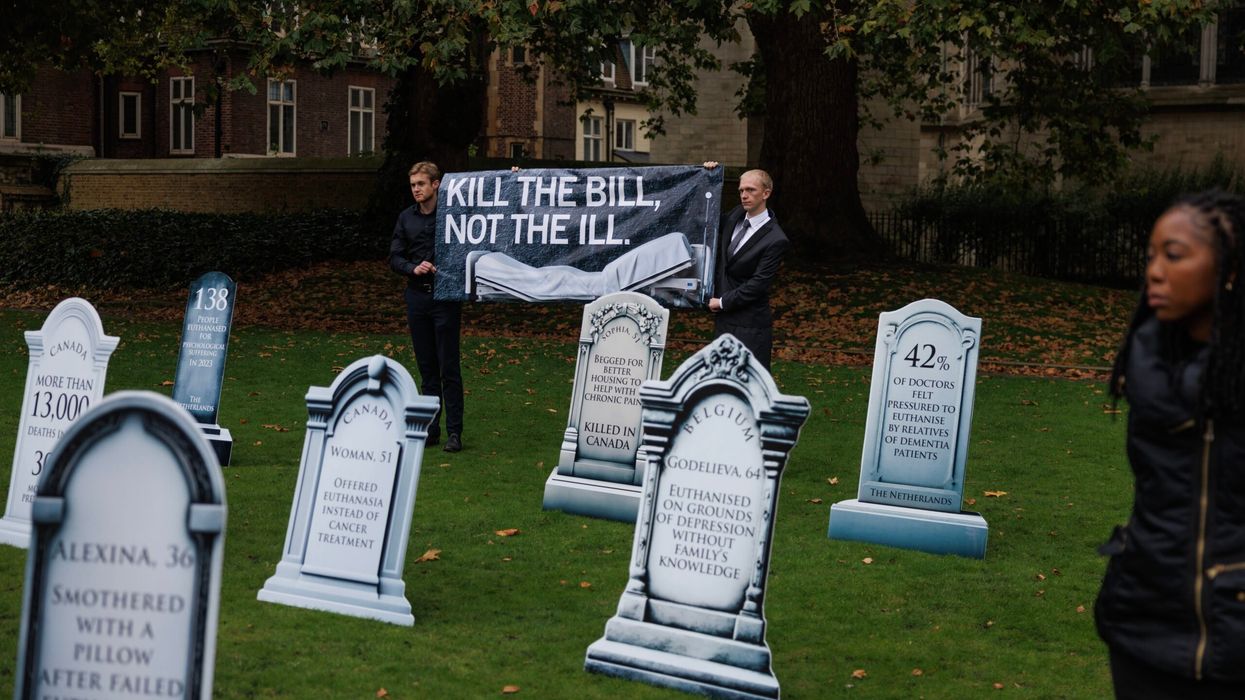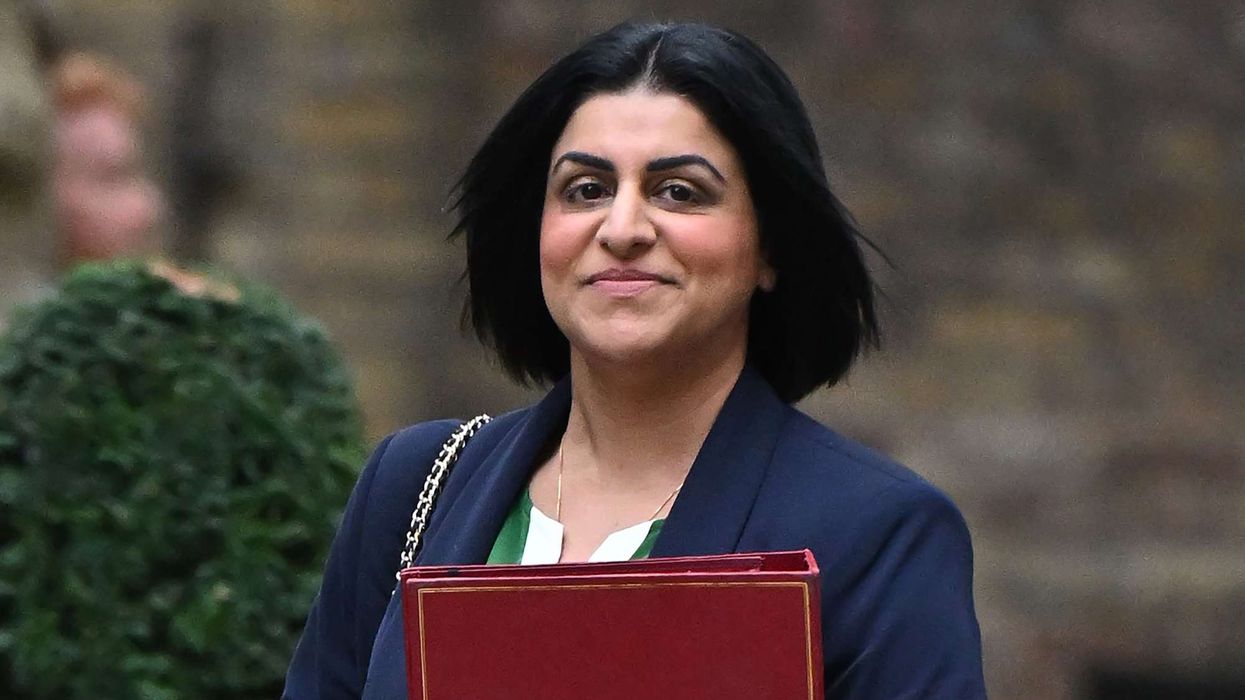by Amit Roy
IF YOU are comfortably seated, here is your starter question for 10: what row unites Oxford and Aligarh Muslim universities?
The answer is, of course, a controversy over removing portraits.
Since 1938, the Aligarh Muslim University, a respected educational establishment in India founded in 1875, has had a portrait of Muhammad Ali Jinnah, once a champion of Hindu-Muslim unity, but later the foremost champion of a separate Pakistan for India’s Muslims.
It is for this reason that the present chief minister of the Bharatiya Janata Party-ruled state of Uttar Pradesh, Yogi Adityanath, wants Jinnah’s portrait to be consigned to the dustbin of history.
The students see this as more of an anti-Muslim move.
“No way, sir... The portrait will remain there,” was the defiant response from Mashkoor Ahmad Usmani, the students’ union president at the university.
“Whatever it is, you can’t erase history and Jinnah is part of the history of undivided India.”
There have been minor skirmishes between students and the police, who are accused of taking their orders from the state administration and various extremist Hindu groups. The portrait was taken down, but quickly restored.
“I think the glorification of Jinnah is unfortunate,” Adiyanath fumed. “My government would act strictly against all those who were behind the trouble.”
In Oxford, meanwhile, a portrait of Theresa May has been removed from the geography school where the prime minster was once a student. It had been put up a couple of weeks ago, along with pictures of other female geographers, as an encouragement to future generations.
But quite a few students posted critical notices on the photograph because they felt the prime minister had not shown very much diversity in her immigration policy – over Windrush, for example.
An Oxford University spokesman said: “The portrait was being increasingly obscured by posters bearing mainly humorous satirical messages. It has now been taken down and will be re-displayed, so it can be seen as intended.”
It can be argued that the cases of Jinnah and May are different. But to avoid double standards, May’s portrait should also be restored.












